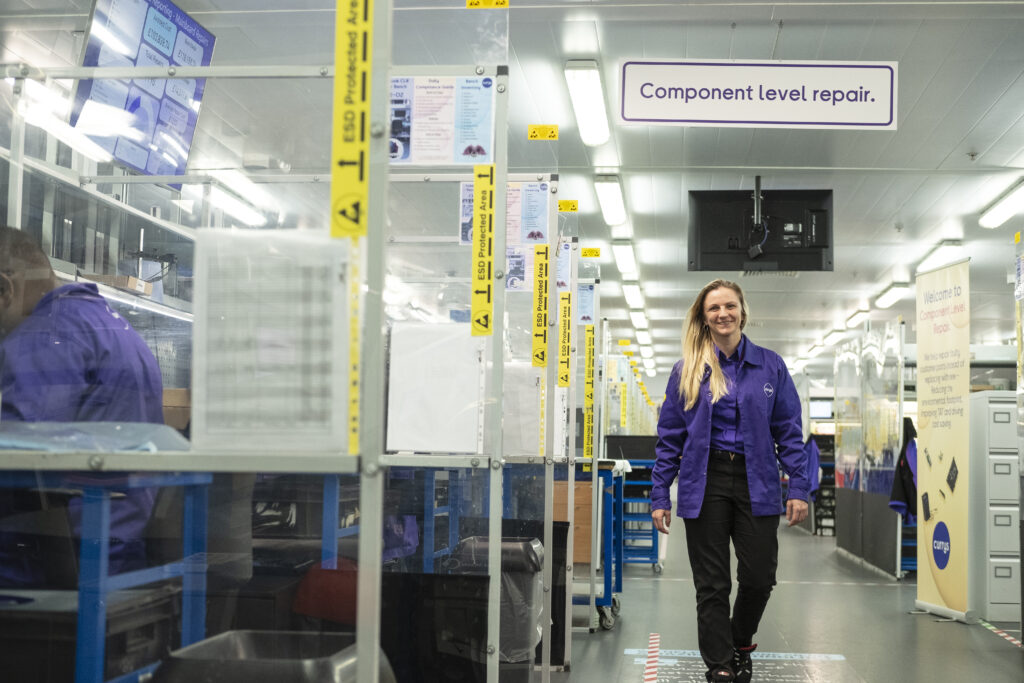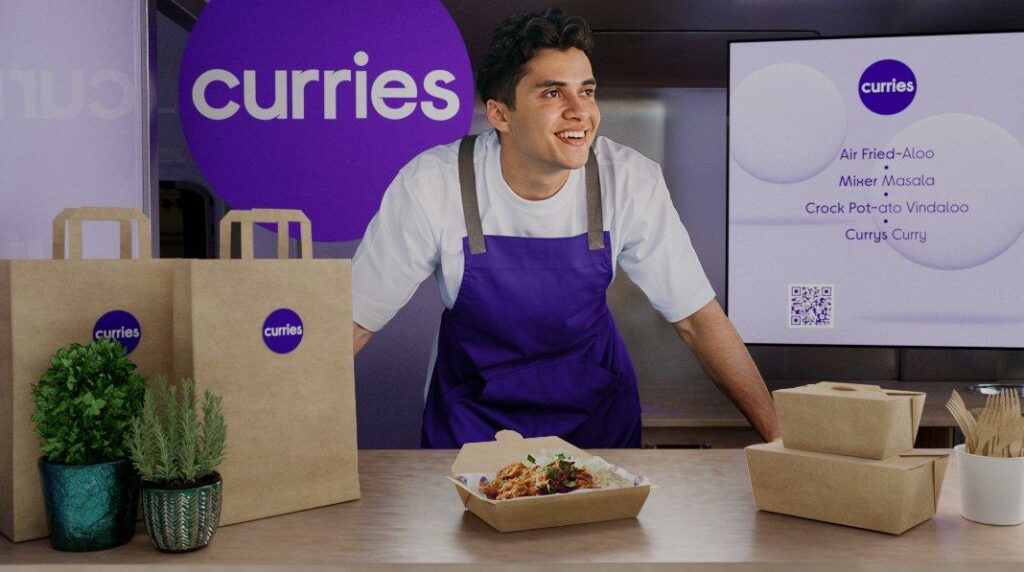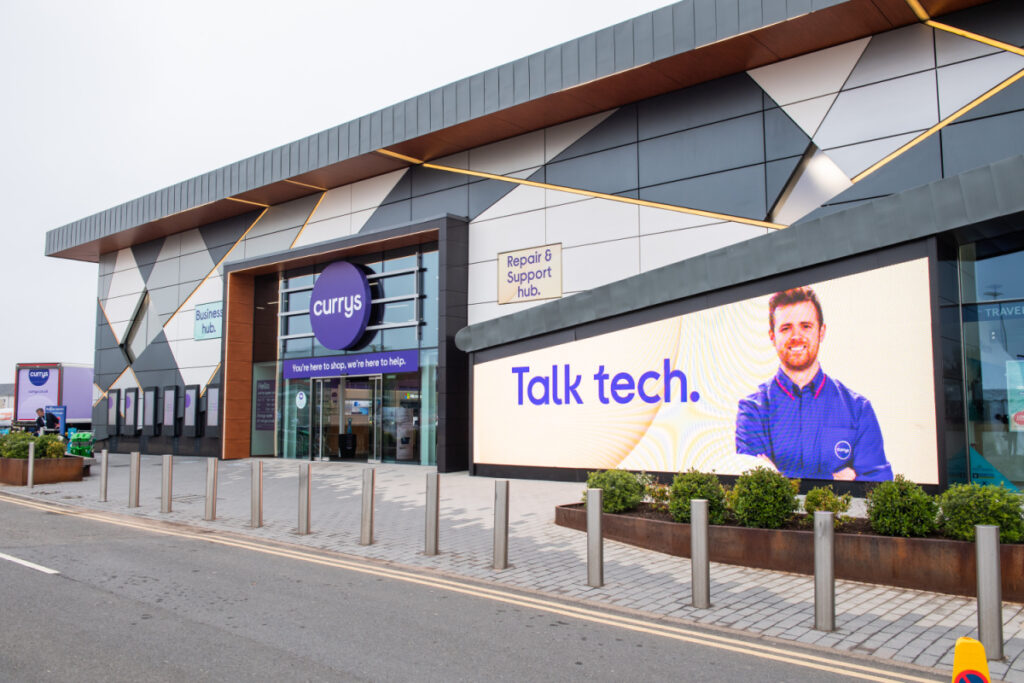Not many people will be familiar with the breadth of repair and refurbishment services that Currys has.
In fact, it operates Europe’s largest tech repair facility and is a business that generated £676m in sales in its last financial year.
The division is not some recent addition, a response to the rising sustainability concerns. It’s been around for more than a decade, and the retailer has big plans to grow its capabilities and make it a highly profitable business.
It all falls under the retailer’s ‘Long Live Your Tech’ strategy, aimed at tackling e-waste by repairing, refurbishing and recycling used electronic goods.
“It also allows us to treat returns – the biggest perennial bane of any retailer – and create an opportunity rather than just a cost,” explains Currys chief operating officer Lindsay Haselhurst.
“We’re on the cusp of starting a meaningful circular economy around tech.”
But how exactly is Currys planning on achieving that?
The after sale opportunity
Currys has built a multi-million pound division from monetising and extending the after sale customer journey.
“[We have] one of the biggest opportunities to continue a conversation with customers that most retailers could only dream of,” says Haselhurst.
This is because the customer journey is “longer, more complex and much more engaged” than most, she explains.
“It creates a different relationship with customers and different expectations.”
Haselhurst says this provides the retailer with a “huge opportunity”.
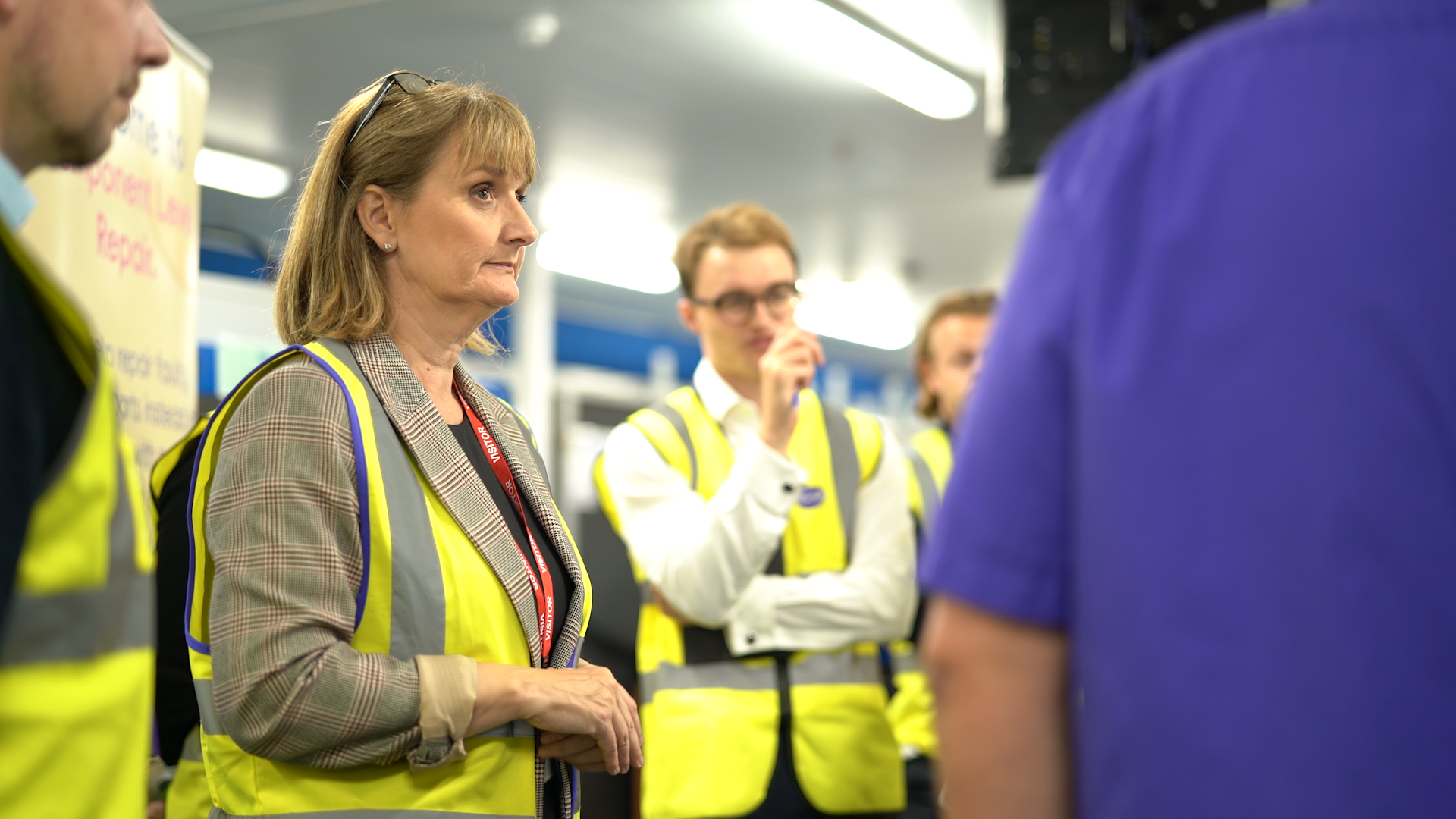
Currys offers several care and repair plans spanning household goods, entertainment and computing gadgets, as well as specific product insurance.
It also handles repairs in warranty, and charges for such services on devices out of warranty.
The retailer has not only extended its relationship with customers all the way through to the moment they no longer want their product.
In fact, it offers consumers £5 vouchers when they trade-in any used electrical goods.
The retailer has broadened its repair and returns services over the last three years even going as far as forging a partnership with eBay to resell used and refurbished electronics on the marketplace platform.
It seems one of its next business ventures could be taking on product warranties from the manufacturers, Haselhurst shares.
Repairs, refurbishment, and recycling
It’s after sale journey features three key revenue streams: repairs, refurbishment and recycling.
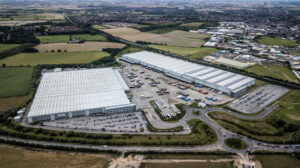
The majority of which take place at its central hub in Newark, Nottinghamshire – an impressive 1,500,000 sq ft site that handles more than 26 million units each month.
On the west side of the campus, its repairs lab spans across 500,000 sq ft and has processed more than 2.9m products this year.
The lab is made up of 1,000 technicians, split between those who handle repairs and those that speak to customers via Zoom as part of the retailer’s RepairsLive service, which turns one this month.
Currys’ repairs lab is supported by more than 40 suppliers, including Apple, Samsung, Dyson and LG – some of which have even shared special equipment with the retailer.
The in-house repairs services is something that’s unique to Currys as “pretty much everybody else has outsourced it to a third party”, according to Haselhurst.
“If we’d have outsourced, I don’t think we’d have got that same outcome,” she says. “So for me, we have a huge asset and capability that’s ours.”
The move has helped to shave off costs associated with offering an external service and has also provided the retailer with an opportunity to use recovered spare parts from old devices and even 3D print its own.
Currys has been able to streamline much of its repair services, saving more than £6m this year from harvesting parts alone.
For those products beyond repair, the retailer breaks them down to make a small fortune from selling the materials separately. For scale, Currys collected 1.6m items last year for recycling and reuse.
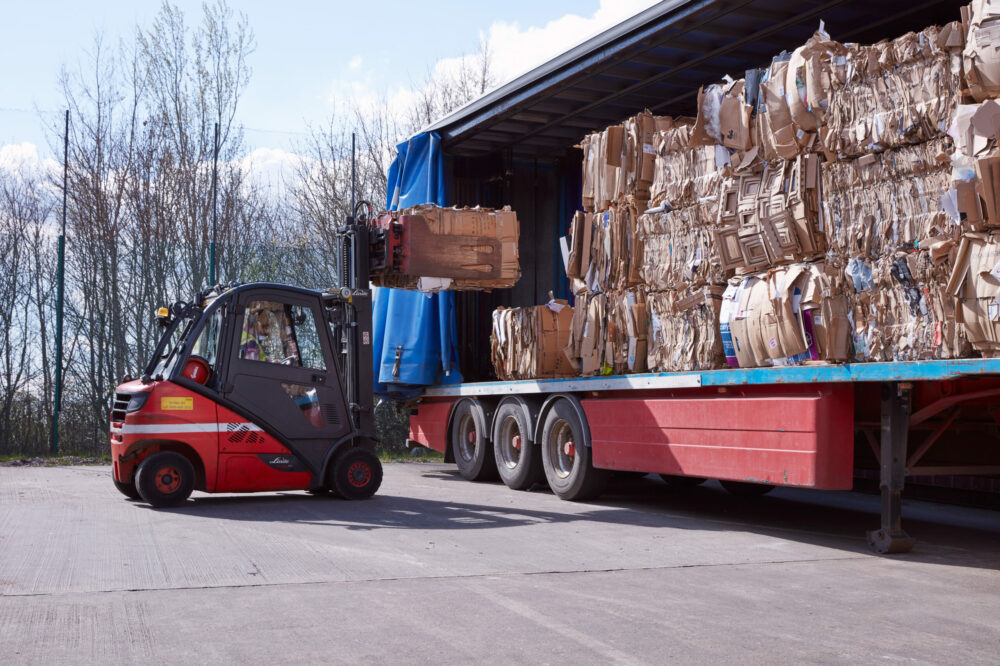
How much is it worth?
Despite Currys not really shouting about its repair services, the business is building strong momentum with 800,000 repairs made last year alone.
It’s a £400m market that the retailer forecasts will grow further as more consumers look to repair their tech and purchase more refurbished products.
It’s all about timing, says Haselhurst, explaining that its capabilities several years ago were “good but it wasn’t genuinely adding a huge amount of value”.
“Over the last four or five years, that offering has evolved significantly and started to become really interesting.”
She points out that conversations around sustainable habits have increased in recent years, providing the perfect market opportunity to rocket launch Currys’ services.
However, Haselhurst says: “Customers are only prepared to pay in a certain price point”.
“It’s been up to us to create a way of making that process affordable and effective enough that the circular economy actually stacks up at the end.
“Customers will tell you that they will buy sustainable products, they’ll tell you that they buy organic products, and they’re prepared to pay the difference. But the reality is there’s a price point.”
There’s also the cost-of-living crisis to grapple with as stubbornly high inflation piles pressure on many household budgets – and even, retailers’ supply chains.
To reduce the impact, Currys has introduced slight price rises across its services like delivery, installation and repairs over the past year.
Haselhurst is quick to add that the retailer is keen to strike the right balance between turning a profitable sale – the repairs and refurb side of its business is profitable, it must be pointed out – and fitting within customers’ increasingly squeezed budgets.
“A key part of [the repairs lab] is creating that point of sale for the right price for customers and right profit for us.
“You can only do that if you’re driving that profitability, and that affordability really hard,” she explains, adding that the retailer has improved the quality of its services through further staff training to justify the increase.
However, there’s still a long way to go and the first step is to promote the repair services more widely instead of it being buried in the depths of its website.
“[We need to] make it much clearer to customers that even if they don’t have a care repair programme, we can repair their product for them.
“Very few of our customers know that we do this and actually, I’m not sure that all of our colleagues know either so there’s a definitely a big piece about getting that message out there,” she adds.
Currys has certainly built a sustainable service worth shouting about, and as the division grows, is proving that doing good can be good for business.
Click here to sign up to Retail Gazette‘s free daily email newsletter

